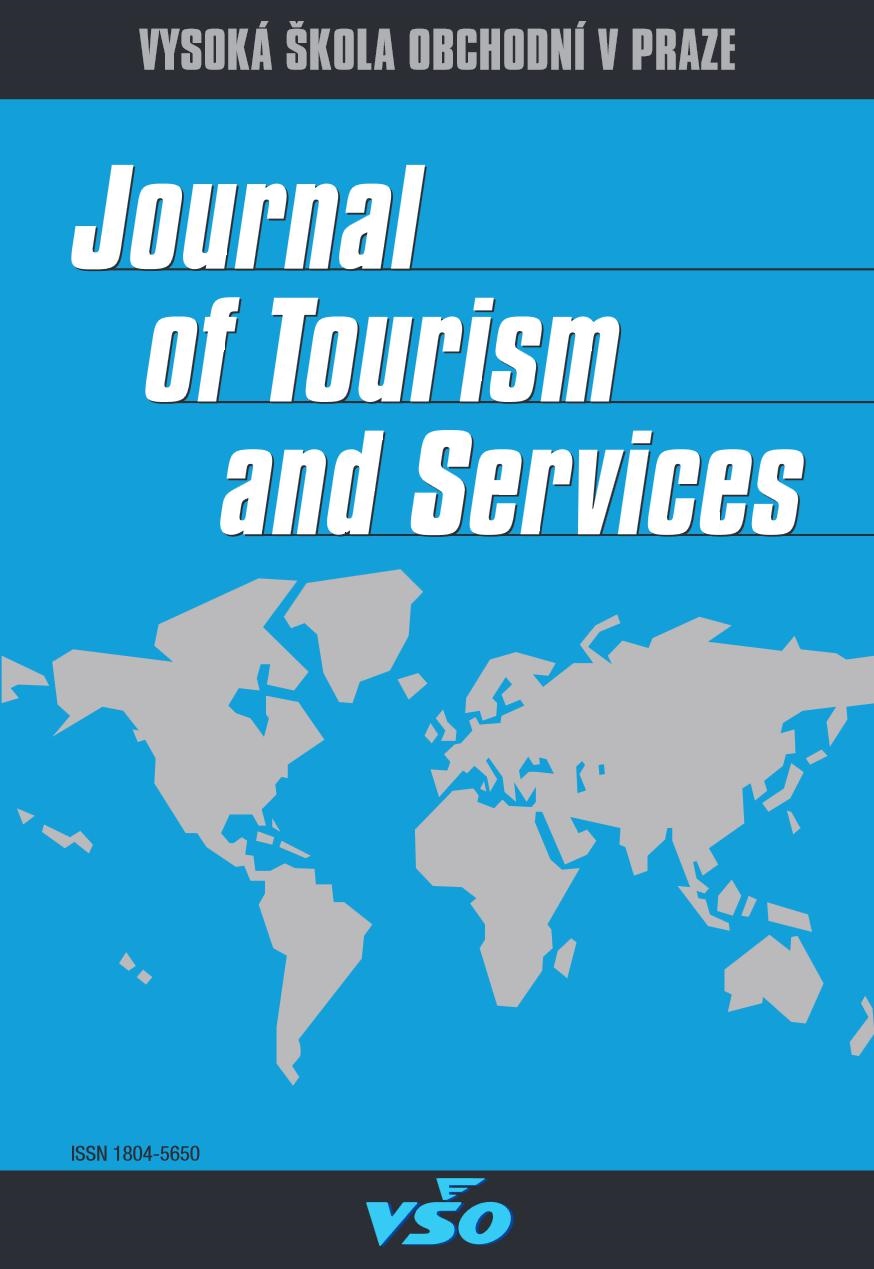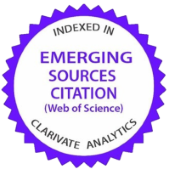Market Segmentation in Urban Tourism: Exploring the Influence of Personal Factors on Tourists' Perception
DOI:
https://doi.org/10.29036/jots.v11i20.144Keywords:
Urban Tourism, City Attractiveness, Tourists’ Perception, Market segmentation, Personal factorsAbstract
A statistical analysis based on a tripartite theoretical model of tourist attraction was conducted in this work to examine the influence of personal factors on tourists’ perception of the attractions that determine a city's attractiveness. Using the responses of a sample of 510 international tourists, a random sample of 171 was selected, from which parametric and non-parametric tests were carried out: Levene’s test, Kruskal-Wallis test and Mann-Whitney test. The results show that, from a statistical point of view, there are statistically significant relationships between tourist perception and personal factors. This reveals that the same tourist attractions can be perceived and evaluated differently according to gender, age, motivation, and region of origin. Thus, there is a significant influence of internal factors on the tourists’ perception. Tourism perception is therefore not static but fluctuating. Consequently, it is imperative for decision-makers to segment the tourism market to satisfy tourists, meet their expectations, and enhance the attractiveness of a destination. The main results of this research are related to the contrasting perceptions of the same tourist attraction by different groups of tourists. An exploration that has so far not been carried out in previous research, in the context of urban tourism. Thus, tourism managers should take this variation into account when planning a tourism marketing and communication strategy. Research proves that targeted and focused tourist development can increase the tourist attractiveness of a city, the level of which depends crucially on perception. Finally, a presentation of four models that categorize and prioritize tourist attractions according to preferences by age, gender, motivation, and original destination is presented. These models are put forward as a referential, decision-support framework that clarifies the nuanced preferences of different tourist groups. The theoretical and marketing implications are also discussed for further research and development of tourism destination management.
Downloads
Downloads
Published
Issue
Section
License
Copyright (c) 2020 Journal of Tourism and Services

This work is licensed under a Creative Commons Attribution-NonCommercial-NoDerivatives 4.0 International License.
Journal of Tourism and Services (ISSN 1804-5650) is published by the Center for International Scientific Research of VŠO and VŠPP in cooperation with the following partners:
- Juraj Dobrila University of Pula, Faculty of Economics and Tourism, Croatia
- School of Business and Administration of the Polytechnic Institute of Setúbal, Portugal
- Szent István University, Faculty of Economics and Social Sciences, Hungary
- Pan-European University, Faculty of Business, Prague, Czech Republic
- Pan-European University, Faculty of Entrepreneurship and Law, Prague, Czech Republic
- University of Debrecen Faculty of Economics and Business, Hungary
- University of Zilina, Faculty of Operation and Economics of Transport and Communications, Slovakia
The publisher provides a free access policy to the Journal of Tourism and Services.





